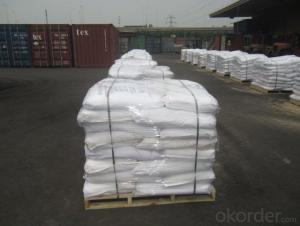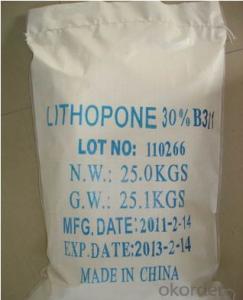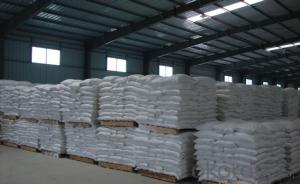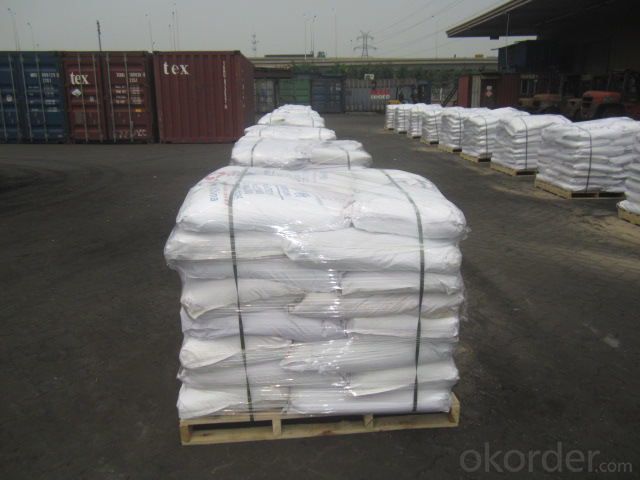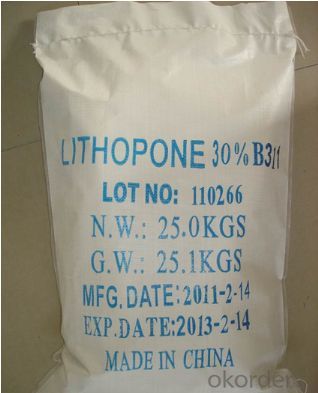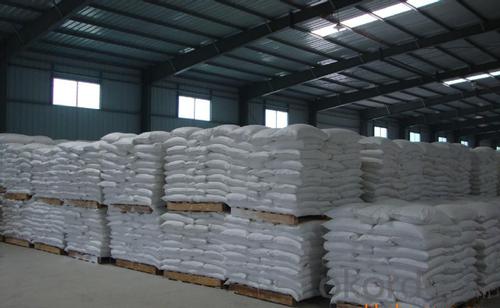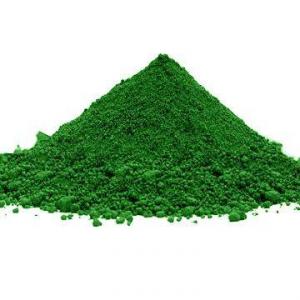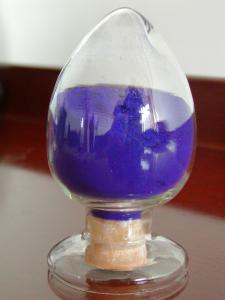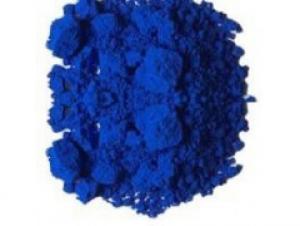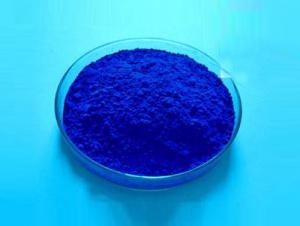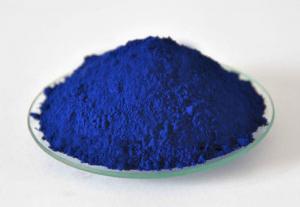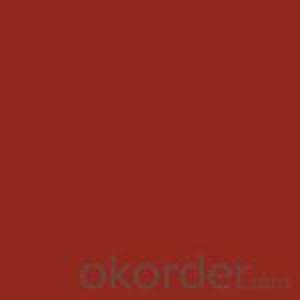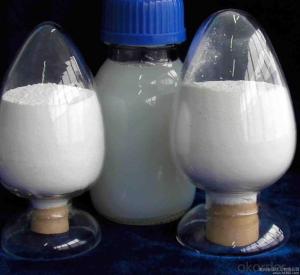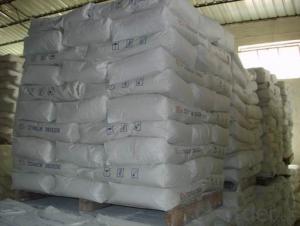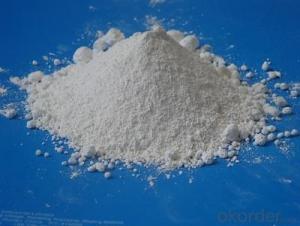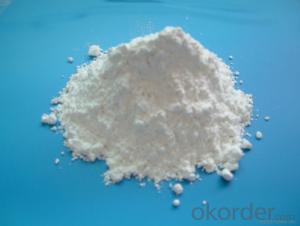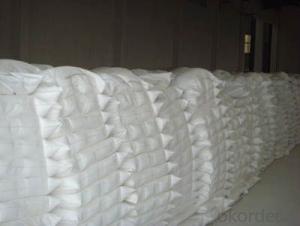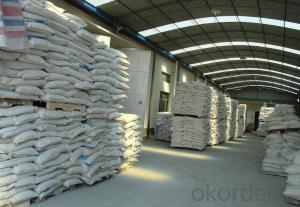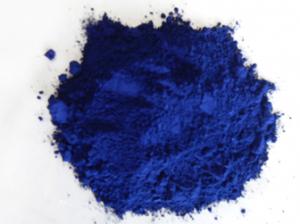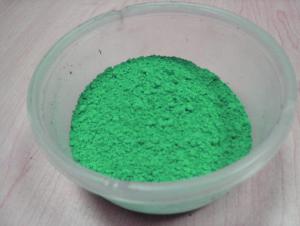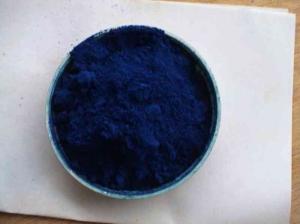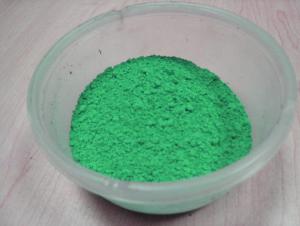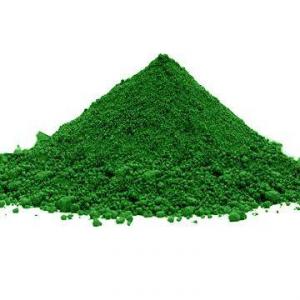Lithopone pigments B301 B311 Pigment chemical factory direct sell
- Loading Port:
- Tianjin
- Payment Terms:
- TT OR LC
- Min Order Qty:
- 20 m.t.
- Supply Capability:
- 2000 m.t./month
OKorder Service Pledge
OKorder Financial Service
You Might Also Like
Specifications of Lithopone
1.The factory direct sell
2.Free samples
3.Visit our booth for more details
Lithopone(B301 B311)
1.well-used in paint-making, printing ink, plastics, leather, PVC
2.lithopone 28-30% b311 b301
3.high quality
4.low price
Features:
1) A white pigment produced by precipitation through filtering,
heating and quenching works
2) Has mostly been replaced by titanium dioxide which is more
durable, but it is much cheaper
Applications:
1) Used as a base for lake pigment
2) Used as a inert pigment for paint, ink and cosmetics
3) A large range of applications in plastic industry
4) Used as a filler in paper, leather, and linoleum
English Name: Lithopone(B301 B311) | ||
Item | Index | |
B301 | B311 | |
In terms of total zinc sulfide and barium sulfate the sum of% (m / m) ≥ | 99 | 99 |
The total amount of zinc (in zinc sulfide)% m / m) ≥ | 28 | 30 |
Zinc Oxide% (m / m) | 0.6 | 0.3 |
105 °C Volatile% (m / m) ≤ | 0.3 | 0.3 |
Water soluble% (m / m) ≤ | 0.4 | 0.3 |
Filter material (63μm filter)% (m / m) ≤ | 0.1 | 0.1 |
Color (with standard sample) | Excellent | Excellent |
Death by degrees to take liquid water | Neutral | Neutral |
Oil Absorption g/100g | 14 | 10 |
Reducing power (with standard sample)% ≥ | 105 | 105 |
Opacity (contrast ratio) | Not lower than 5%standerd sample | Not lower than 5%standerd sample |
Properties: This product is a kind of new-style nontoxic. Green non-pollution, lithopone than traditional lithopone albedo high, hiding power, fineness and high-temperature weatherability, strong characteristic. | ||
Uses: Widely used in coating, powder, plastic, profiles, paint, rubber, paper, and leather, etc. | ||
Packing: 25 kg/50kg P.P woven bag or with the clients’ request | ||
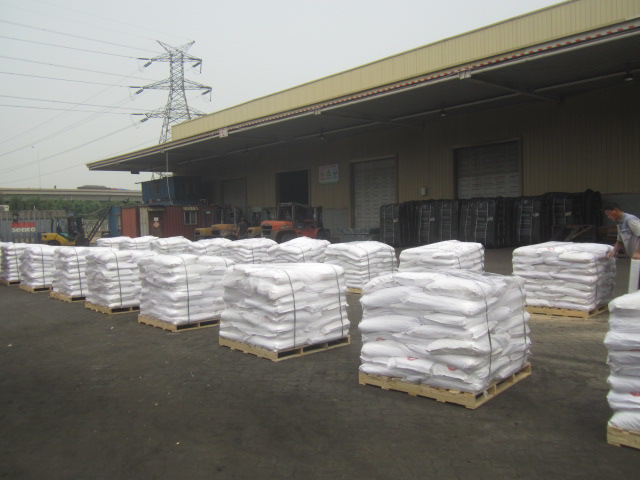
- Q: what are the accessory pigments in plant photosynthesis?
- Accessory Pigments In Photosynthesis
- Q: I bought the color Frozen White, and the store sample was sort chunky too, and it doesn't go on my skin well because of that. How can I apply it on smoothly? do I need to add a little water??? help!!!!
- Some pigments are just designed to be chunky. As the answer above said, definitely use fix+ or mixing mediums. water will not be good enough as it does not have that 'sticky' residue that both fix+ and mixing mediums have. Also, I find that having an eyeshadow base helps a lot - makes pigments a tad easier to blend. This may work or it may not, really depends on the individual pigment, and i've never used Frozen White before... BUT try breaking up the pigment chunks by using a plastic spatula (should be able to buy them in make up stores like Sephora). Literally, put some on the cap and then just crush it until it becomes finer. Hope this helps :)
- Q: what is pigment dispersion syndrome?
- Pigment dispersion syndrome (PDS) is an affliction of the eye that, if left untreated, can lead a form of glaucoma known as pigmentary glaucoma. It takes place when pigment cells slough off from the back of the iris and float around in the aqueous humor. This is not what causes problems; however, if the pigment flakes clog the trabecular meshwork, preventing the liquids in the eye from draining, pressure can build up inside the eye. This pressure can cause permanent damage to the optic nerve. This condition is rare, but occurs most often in Caucasians, particularly men, and the age of onset is relatively low: mid 20s to 40s. Most sufferers are nearsighted. There is no cure as of yet, but PDS can be managed with eye drops or treated with simple surgeries. If caught early and treated, chances of glaucoma are greatly reduced. Sufferers are often advised not to engage in high-impact sports such as long-distance running or martial arts, as strong impacts can cause more pigment cells to slough off
- Q: which do you think is better??? and how do you apply pigment??? my boyfriend gave me a bag full of MAC make up in which there are 2 pigment bottles... i already love their eyeshadow.. i just want people's opinion on which one is better and when to use pigment... i mean, what is the difference??? Help Please!
- Pigment is basically a loose eyeshadow. To apply: you just dip your brush in and apply like normal eyeshadow. You can use a wet eyeliner brush to apply in the crease of your eye or under your eye like eyeliner. It's good stuff, I use it often. You can use a lighter application for day- neutral tones and create some dark, dramatic makeup for going out. My personal opinion is I like the eyeshadows better, they seem to last longer when applied dry. The pigment tends to wear off faster when applied dry. I haven't tried wet yet, so that may be better. You're a lucky girl to have a boyfriend who actually buys you makeup.
- Q: What are accesory pigments and why are they important?
- Accessory pigments, also called, Photosynthetic Pigments or Chloroplast pigments, are pigments which are present within the cell of a Chloroplast used to harvest a greater spectrum of light.y are colored compounds which absorb and transfer light energy to chlorophyll. Pigments are light-absorbing molecules. In addition to chlorophyll,other pigments, principally yellow and orange carotenoids, as well asother forms of chlorophyll, are also present in green plants. These molecules absorb light and then pass the energy to the chlorophyll and accessory pigments, like the carotenoids, enable the plants to use more ofthe light than is trapped by chlorophyll alone.
- Q: My wife went to the eye doctor to get new glasses (because she couldn't renew her driver's license with her glasses she had been using), and the doctor said that she wasquot;losing pigment" in both of her eyes. He said not to worry, but he wants her to make an appointment every 6 months, instead of just once a year.What does it (her losing pigment in her eyes) mean? Is it really nothing to worry about?(My wife doesn't seem worried, she hates going to doctor's but she trusts them when she goes to them; she doesn't ask questions-- she feels that if she needed to know something the doctor would tell her.)
- I'm going thru the same thing, I have been to see my eye dr every 6 months to find out about pigment loss and I am losing my pigment at a fast rate 4 times worse than 6 mths ago. they are calling in the specialists about it, so YES worry!!!
- Q: What are iridescent magnetic effect pigments?
- Iridescent okorder /... (really long explanation)
- Q: hi:]i need the right order to apply skin pigments...
- Pigments are usually packaged in a finely milled loose powder form. After cleansing , toning and moisturizing,let the moisturizer absorb in the skin. Apply the skin pigments using a large compact powder brush/kabuki brush in a circular motion on face neck, then apply a second layer in a downward motion. Then use Evian water Mister to set the pigment. For eye pigments, put a thin layer of skin pigment first, then apply the eye pigment using a oval shaped dome brush
- Q: a. chlorophyll ab. chlorophyll bc. chlorophyll cd. carotenoid pigments
- Chlorophylls are greenish pigments which contain a porphyrin ring. This is a stable ring-shaped molecule around which electrons are free to migrate. Because the electrons move freely, the ring has the potential to gain or lose electrons easily, and thus the potential to provide energized electrons to other molecules. This is the fundamental process by which chlorophyll captures the energy of sunlight. There are several kinds of chlorophyll, the most important being chlorophyll a. This is the molecule which makes photosynthesis possible, by passing its energized electrons on to molecules which will manufacture sugars. All plants, algae, and cyanobacteria which photosynthesize contain chlorophyll a. A second kind of chlorophyll is chlorophyll b, which occurs only in green algae and in the plants. A third form of chlorophyll which is common is (not surprisingly) called chlorophyll c, and is found only in the photosynthetic members of the Chromista as well as the dinoflagellates. The differences between the chlorophylls of these major groups was one of the first clues that they were not as closely related as previously thought. Carotenoids are usually red, orange, or yellow pigments, and include the familiar compound carotene, which gives carrots their color. These compounds are composed of two small six-carbon rings connected by a chain of carbon atoms. As a result, they do not dissolve in water, and must be attached to membranes within the cell. Carotenoids cannot transfer sunlight energy directly to the photosynthetic pathway, but must pass their absorbed energy to chlorophyll. For this reason, they are called accessory pigments. One very visible accessory pigment is fucoxanthin the brown pigment which colors kelps and other brown algae as well as the diatoms. From this I would say the answer is c.
- Q: What pigments take part in photosynthesis?
- The green chlorophyll a & b
Send your message to us
Lithopone pigments B301 B311 Pigment chemical factory direct sell
- Loading Port:
- Tianjin
- Payment Terms:
- TT OR LC
- Min Order Qty:
- 20 m.t.
- Supply Capability:
- 2000 m.t./month
OKorder Service Pledge
OKorder Financial Service
Similar products
Hot products
Hot Searches
Related keywords
